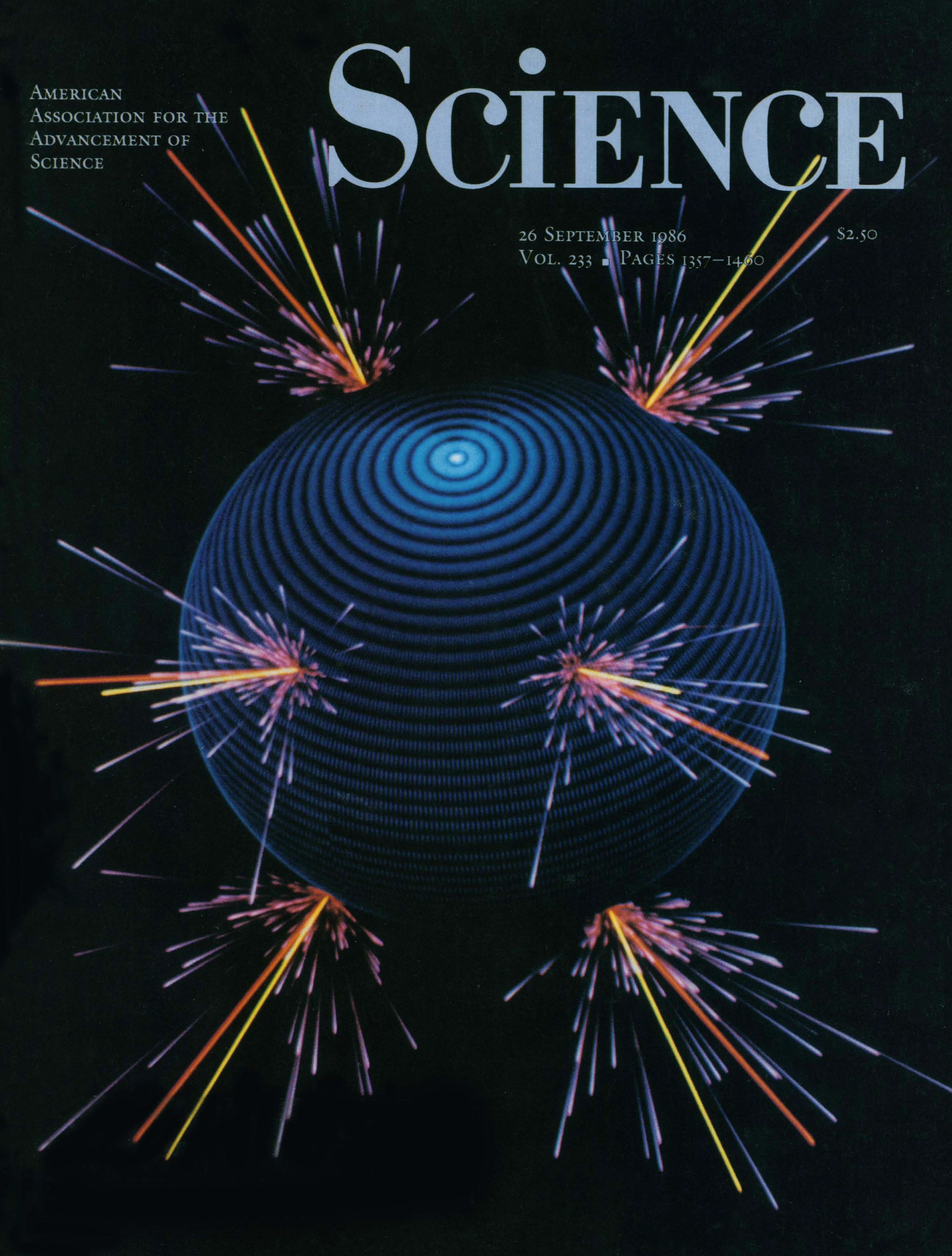Neural Control of Movement (2.184):
The central questions of this lecture is how humans control and coordinate their movement. How does the brain control behavior? What is controlled? Motion? Force? Something else? We want to investigate the question, how much of our behavior and coordination is due to the brain and how much is due to biomechanics.
Lecture content
- Muscle anatomy & physiology; motor units; electromyography.
- Muscle mechanical impedance. Simplified muscle models.
- Computational problems of multi-joint motor control.
- Optimization as a model of computation. Maximum smoothness and related theories.
- Multi-segment linkage mechanics. Kinematic and inertial coupling.
- “Computed-torque” theories. Scaling of Coriolis, centrifugal, gravitational and frictional terms.
- Sensory neurons. Muscle afferents (spindles and Golgi tendon organs); Spinal neural feedback loops; Servo-hypotheses; Stiffness regulation.
- Equilibrium point theories; “alpha” and “lambda” hypotheses.
- Multi-joint neuro-muscular impedance.
- Stability properties of human movement.
- Contact tasks and tool use.
- Postural stabilization by antagonist muscle co-contraction.
- Kinematic transformations of elastic behavior.
- Rhythmic behavior.
- Dynamic locomotion. Central pattern generators.
- Dynamic instabilities in contact tasks.
- Posture and balance.
- Intermittency in biological motor control.
Application
The potential applications of the lecture are various and are especially focused on a machine design that enables compatibility with humans, e.g., human-machine interaction, medical rehabilitation technology, motorized prostheses, and therapeutic robots.

Acknowledgements
Thanks to Prof. Neville Hogan, for creating this great lecture. Thanks to all the students for the amazing lectures and interesting discussions during my office hours!